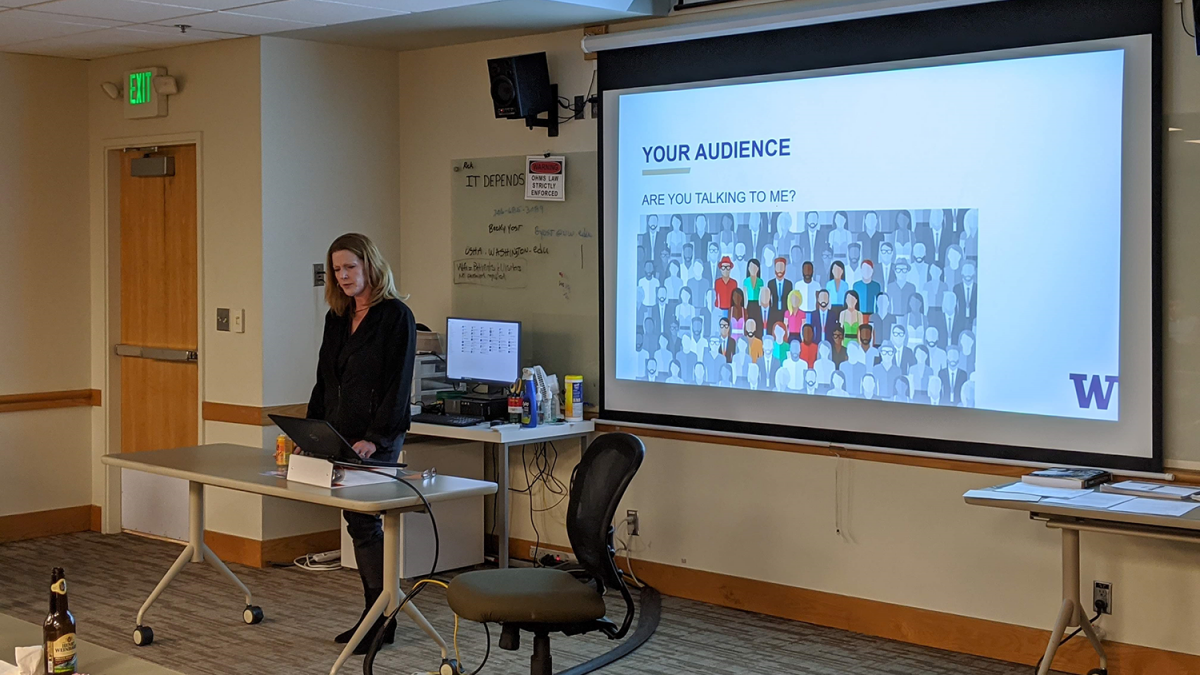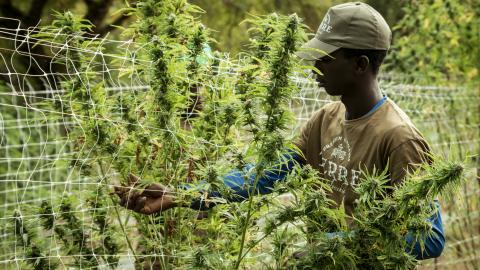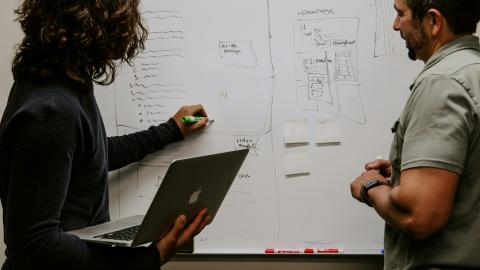
March 18, 2020
For the Northwest Center for Occupational Health and Safety (NWCOHS)’s winter quarter center-wide event, we were honored to have the UW Department of Environmental and Occupational Health Sciences (DEOHS) Communications Director, Jolayne Houtz, present on Research to Impact: Communicating Science for Public Health Impact.
The event opened with a discussion led by Dr. Noah Seixas, NWCOHS Director, about current issues in occupational health and safety. NWCOHS students, faculty, and staff discussed the coronavirus and the reports of bias against individuals based on what they look like.
Dr. Seixas introduced Ms. Houtz who quickly grabbed everyone’s attention with startling statistics about the low citation rate of academic journal articles - only 27% of natural sciences/engineering academic articles are ever cited. Recognizing the need to go beyond traditional academic journals in order to share findings and influence change, Jolayne outlined the key steps and illustrated them with case studies.
Communicating for the Biggest Impact - Who, What, When, and Where?
First, audience. Who do you want to try to reach with your message? Ms. Houtz explained that there are many types of audiences and they each respond better to certain types of communication formats and channels. Next, the message. For general audiences (not scientific journals), people want to know the key results and conclusions up front. Explaining why it matters and providing additional supporting details come later.
For example, to communicate the DEOHS jet pollution study results the team employed multiple communication formats including a 50-page technical report, a news release, a policy brief, a blog post, and a social media campaign. Each communication format targeted a different stakeholder group including the Washington State legislature, community partners, and the general public.
Ms. Houtz explained that the media can amplify coverage of your work and raise its visibility, relevance, and reputation. However, she noted that “not everything is news-worthy” so it is important to define key messages and communicate relevant content. For example, NWCOHS faculty, Drs. Marissa Baker and Noah Seixas, and NWCOHS trainee, Trevor Peckman, wrote a timely Seattle Times Op-Ed about the crane collapse which was published less than 2 weeks after the collapse occurred. Their op-ed highlighted their own research and critiqued the response to the crane collapse. It reached 3,200 people on Facebook, had 2,500 Twitter impressions, and generated 44 comments on the Seattle Times page. As another example, in sharing her recent research on travel bans DEOHS Lecturer, Nicole Errett’s work contributed to the discussion on the effectiveness of travel bans during the current COVID-19 outbreak.
Getting Social to Share Science
Ms. Houtz gave a brief overview of the different social media platforms and their audiences. Generally, Twitter has a professional audience – it’s a place to share your own work as well as other’s work. Facebook is more for an internal audience since members need to be invited to the conversation. LinkedIn is employment-focused, and used for networking and partnership opportunities. Instagram is for infographics such as professional headshots of you or of people doing something related to your work.
Putting it in Practice
The event concluded with an open discussion about scientific communication. NWCOHS student, Sarah Philo noted scientists’ attitude has historically been “if we do the research, people will believe us” but that is changing, specifically in regards to climate change. Dr. Seixas explained his feeling that “the more you advocate for your own findings, the more you reduce your finding’s legitimacy.” However, that is also changing. Scientists need to be part of the conversation and promote their work. The group noted that it is important to not be sucked in by online trolls promoting outlandish critiques of scientific results and to be conscious of the media’s “spin” of findings. NWCOHS students and faculty left the event with new strategies for communicating their research were challenged to start building their own communications presence.




